
Wine and cheese are the Romeo and Juliet of gastronomy. They are made for each other. Pairing these two treats together is so important to get right because, as our resident cheese and wine expert, Louis de La Brosse says, “You can’t just throw any old wine and cheese together. The right wine paired with the right cheese elevates both, so why accept anything less?”
With more than 500 cheeses officially recognised in the world, choosing the right one for the right wine is a lot harder than you first think. And your wine deserves the best.
As Part One of our Food and Wine Pairing Series, our WSET-trained professional Louis has set a challenge: can you pair five wines from the Côte de Beaune (from our Clos and Family selection, naturally), with five French cheeses, made as locally as possible.
But before we tuck in, let’s set the scene…
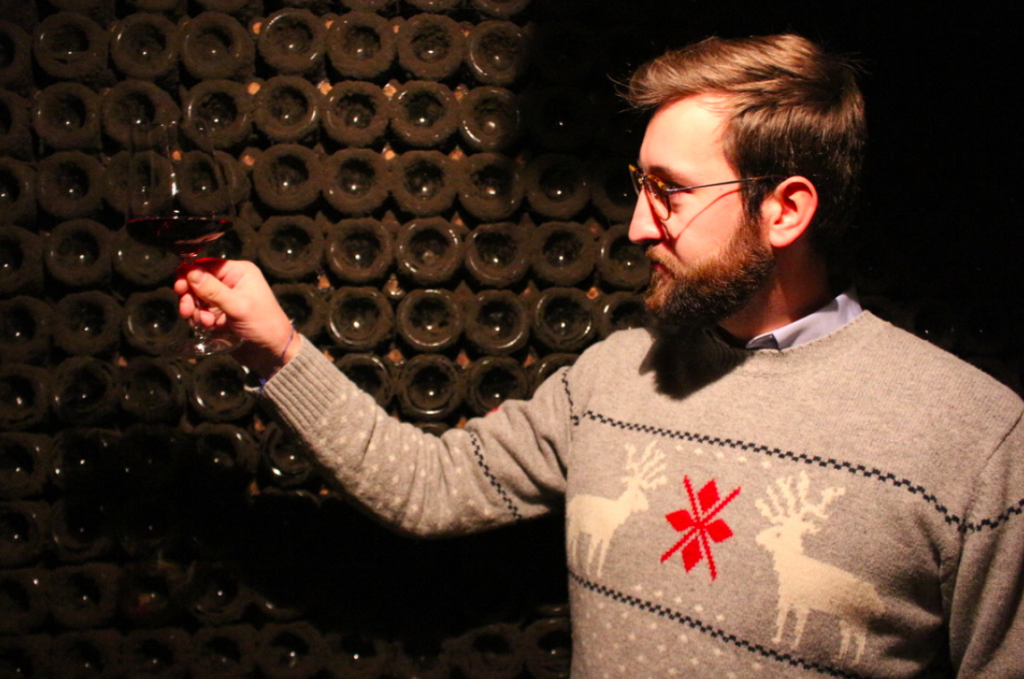
WSET Wine and Cheese Expert: Louis de La Brosse
Why do Wine and Cheese Pair so well?
Like wine, cheese comes in all shapes and sizes. With cheese there is a tremendous variety, and each one calls out for that perfect dancing partner. Cheeses vary in moisture content, fat content, texture and flavor. No two cheeses are alike. Most cheeses, however, can be grouped into one of four broad categories – creamy, soft and non-aged; hard cheeses, usually aged, sharp and salty; blue, pungent, often salty cheeses; and fresh cheeses, spreadable, mild and not aged – and each one has different chemical properties that affect the way it tastes.
As with all walks of life, the older something is, the more flavor it contains. The same can be said for wine, which of course varies in acidity, sweetness, body, and structure.
Experts agree, however, that the goal to the perfect wine and cheese pairing is to achieve a balanced mouthfeel and this can be done by complementing two contrasting principles: astringency (tannins in wine that cause the mouth to feel dry) with fat (which makes the mouth feel oily).
As we eat and drink together, our mouths want to feel neither too dry or too slippery – but a happy medium between the two.
11 Rules for Wine and Cheese Pairing
ONE – Texture
Feel free to either complement or contrast. Rich, creamy cheeses dance beautifully with buttery, oaky white wines. Rule of thumb: hard cheeses are better with red wine, soft cheeses with white.
TWO – Age
Young cheeses pair better with fresher, juicy, younger wines and aged cheeses pair best with aged wines which show off more body and complexity.
THREE – Tannins
Tannic red wines work well with rich and mature cheeses. Why? Tannins bind to protein and fat and clean your palate with each sip.
FOUR – Sweet and Salt
Sweet dessert wines balance with extra salty cheeses like feta, blue cheese and parmesan. The salt in the cheese elevates the brain’s detection of sweetness in the wine.
FIVE – Grown Together, Keep Together
Époisses, a creamy cow’s milk cheese whose rind is washed with a brandy made from Burgundian grape skins, pairs perfectly with Burgundy Pinot Noir.
SIX – Fresh and Soft
Creamy cheeses, such as Mont d’Or, blend well with chardonnays, crisp whites, sparkling wines, dry rosés, and light-bodied reds with low tannins.
SEVEN – Middle Cheeses
Semi-hard, medium-aged Cheeses, such as Emmental and Cheddar, pair well with medium-bodied whites and fruity reds – wines that perfectly balance acidity, fruit, and tannin.
EIGHT – Pungent Cheeses
Stinky cheeses, such as Époisses, yearn for light-bodied wines. The strong flavors of the cheese should complement the wine, not compete with it.
NINE – Blue Cheeses
Blue cheeses, such as Stilton, Gorgonzola, Roquefort, Cambozola, require wines that will balance out their saltyness. So go savory…
TEN – Hard Cheeses
Hard cheeses, such as aged Cheddar, Comté, Gruyère, Gouda, Pecorino, Manchego, Asiago, Parmigiano Reggiano, and so on, adore full-bodied whites and superbly tannic reds, like a Burgundy Pinot Noir.
ELEVEN – Fizz
Champagne goes well with anything.
The Five Cheeses
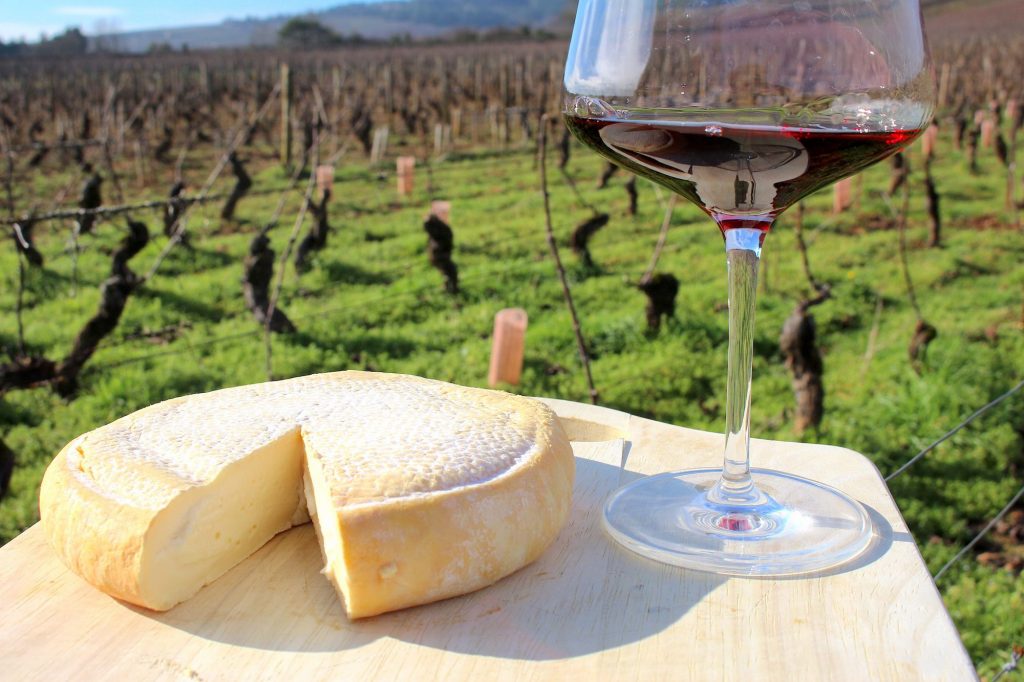
Guess the wine: L’Abbaye de Cîteaux with…
1. Fromage de l’Abbaye de Cîteaux
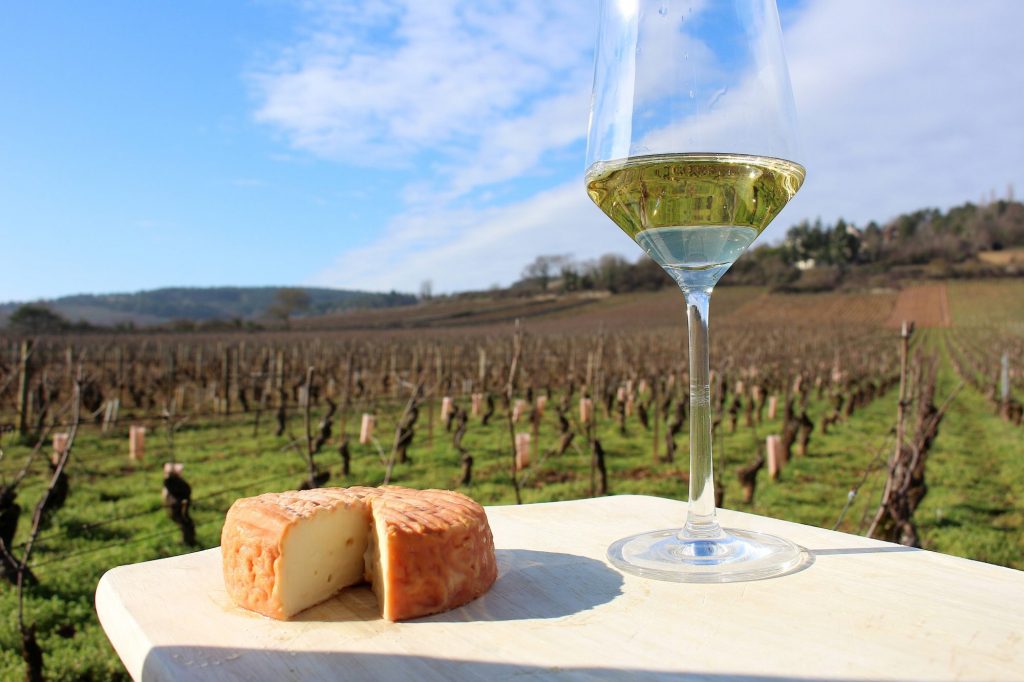
Guess the wine: Époisses with a crisp glass of Chardonnay…but which one?
2. Époisses
With its famously red-orange wrinkly rind (washed in Marc de Bourgogne, a pomace Brandy) and particularly robust pungency, Époisses is a true Burgundian-born treat, produced only in the village Époisses. A chewy and creamy cheese that is matured for 2 to 3 months has a mild to strong taste, depending on its age and a nose that resembles smelly feet – a truth that isn’t surprising when you know that Brevibacterium, commonly found on human skin and this cheese is, precisely, also the cause of foot odor. Regardless of “that” funky smell, Époisses has a smooth and velvety mouthfeel and spicy, sweet and salty flavor with hints of dried fruit. It takes at least 6 weeks to mature fully.
3. Comté
A raw pressed baked hard cheese, Comté is born and bred straight from the heart of the terroir that defines the Jura, a mountainous region of eastern France, about two hours away from Pommard. Matured in a ripening cellar for a minimum of four months (and a max. of 24 months). Comté is characterized by an aromatic richness that differs from producer to producer, just like how Burgundy wine differs from different appellations – each terroir produces different flavors (and 83 flavors have been recorded) but most predominately brown-butter and roasted nut aromas linger the longest.
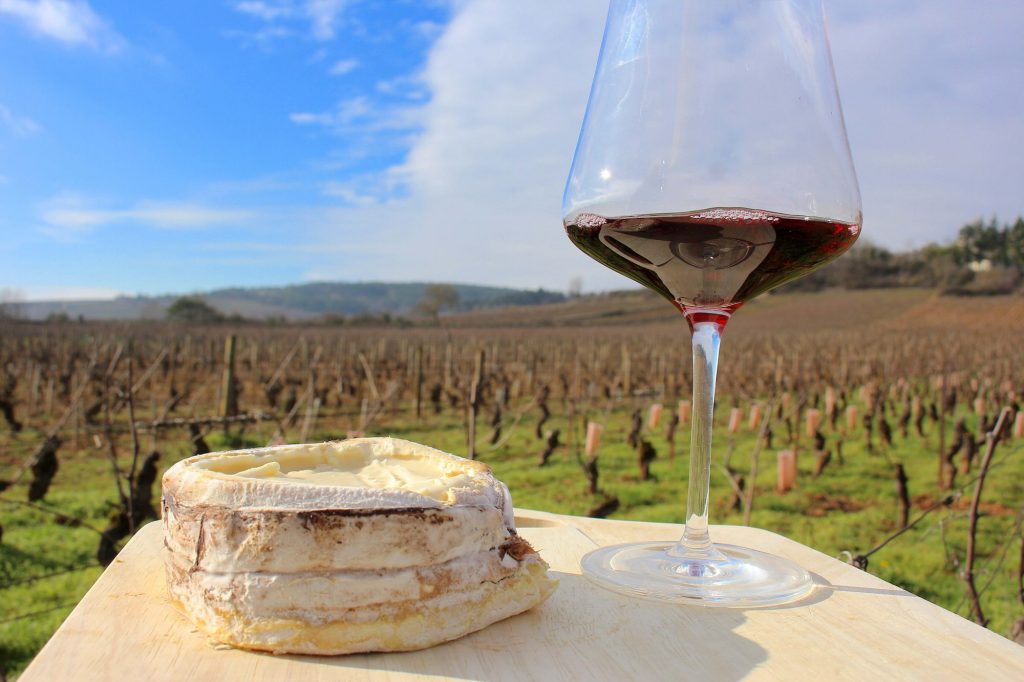
Guess the wine: Mont d’Or with….
4. Mont d’Or
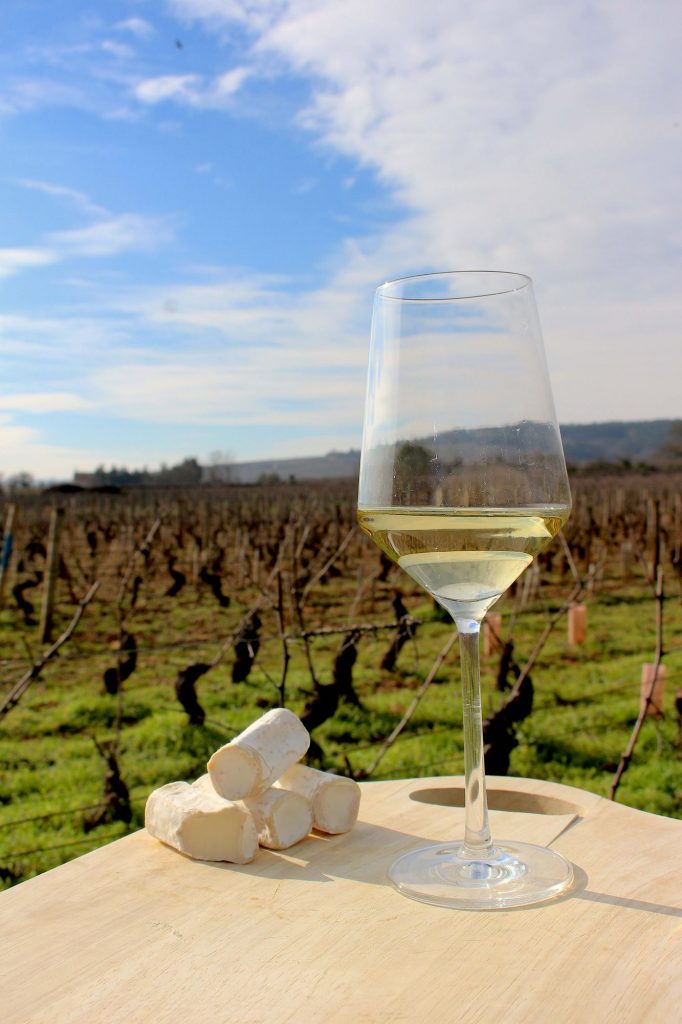
Guess the wine: Goats Cheese with…
5. Goat’s Cheese
Made from goat’s milk, goat’s cheese is famous for its semi-soft texture and tangy, tart flavor. Goat cheese, or Chevre as it is known in France, has half the fat of cow’s milk cheese.
The Five Wines
1. Maranges 1er Cru “Les Loyères” 2013
Learn more about Maranges 1er Cru “Les Loyères” 2013
2. Ladoix 1er Cru “Les Gréchons” 2013
The first appellation that welcomes you to the Côte de Beaune if you’re from Dijon, Ladoix is famous for producing powerful and well-balanced white wines. Pale yellow with gold-speckled tints inform of the glass of this wine’s arrival. Flint, dry fruits and peach flower aromas dominate, with Amber rum and Victoria pineapple notes. A fulfilling mouthfeel, with a fresh and satisfying finish that boasts a saline hit that persists eternal this is a rich and complex wine that offers much energy and minerality.
Learn more about Ladoix 1er Cru “Les Gréchons” 2013
3. Clos Marey-Monge Monopole 2011
Underneath its purplish red glow, garnet reflections populate the glass, while ripe fragrances of fresh and dried fruits dominate on the nose. Think plum, apple, elderberry, raspberry, almond and peony, scents that evolve into dark grapes and spices on the finish. On the palate, red fruits aromas of redcurrant, black cherry and fresh dominate. This is a very good 2011, a tricky vintage, with remarkable complexity and super velvety tannins. The finish is long with a slightly saline pulse, underscored by hints of graphite and gingerbread.
Learn more about Clos Marey-Monge Monopole 2011
4. Beaune 1er cru “Les Teurons” 2013
With a brilliantly bright scarlet shine (it could glow in the dark if it wanted to) our fragrant Beaune Premier Cru “Les Teurons” 2013 shows off intense aromas of wild fruit cherries, blackcurrant, blackberry, raspberries, a touch of orange zest and hints of trufle, leather, spices, undergrowth and humus. Over time, exotic riffs of truffle and leather arrive on the nose, with crunchy fresh grape hits on the palate. The delicate flavors are well-balanced, good acid balance and length of flavor; the structure is firm and finessed and culminates in a pleasingly drawn-out and persistent finish, a result of “Les Teurons’” hillside terrain constantly in contact with the sun’s rays.
Learn More about Beaune 1er cru “Les Teurons” 2013
5. Bourgogne Chardonnay 2013
Flashes of soft green amplify the bright, light golden shine that illuminate the glass when this Bourgogne Chardonnay 2013 leaves the bottle. Singing in harmony together, aromas of white flowers and fruit trees dominate with nuanced traces of gunflint and mushroom. With aeration, citrus fruit confit, honey, butter, hazelnut and spices, deliver a warm and rich sensation. The palate is pleased by the wine’s fresh and intense balancing act. Half fermented in vintage casks, and half fermented in stainless steel tanks, gives this Chardonnay the ability to maintain its fruity essence while gaining much depth and roundness.
Learn More about Bourgogne Chardonnay 2013
So, Can you match the five cheeses with the five wines?
Here are the answers…
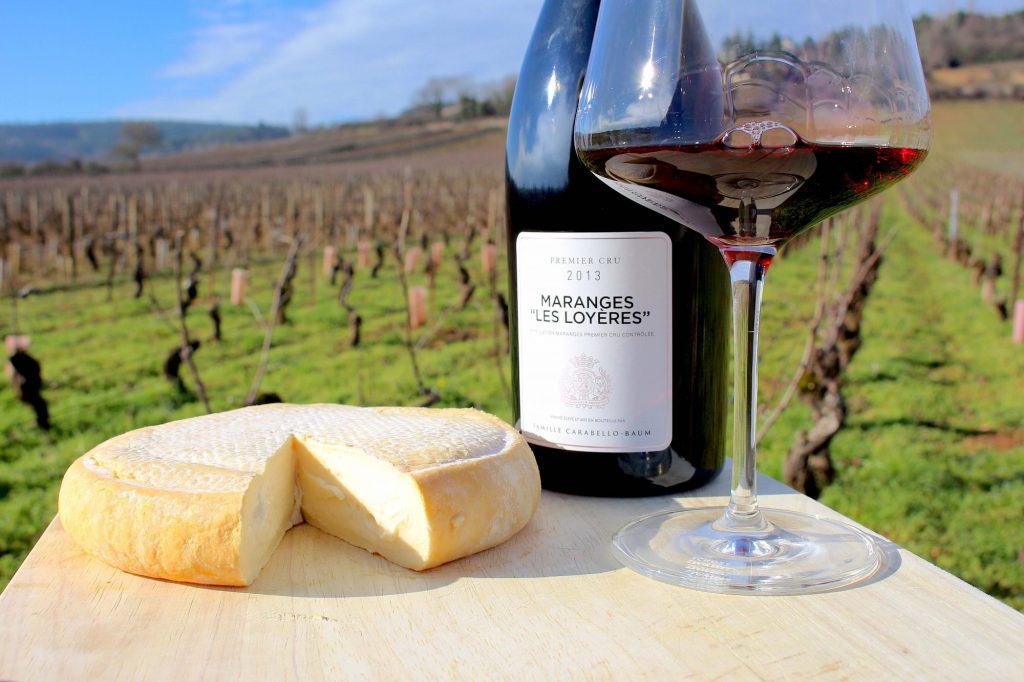
Maranges “Les Loyères” Premier Cru 2013 with cheese from the Abbaye de Cîteaux
Fromage de l’Abbaye de Cîteaux with…
Maranges Premier Cru “Les Loyères” 2013
“The monks’ skills in perfecting their soft-pressed and pasteurized cheese is revealed by the lively Maranges Premier Cru 2013. Fresh and fruity, Maranges is the perfect buddy for this fleshy and smooth cheese. The Abbey of Cîteaux cheese, with its famous blue seal, is an exceptional pairing with young red wines from Côte de Beaune or Beaujolais.”
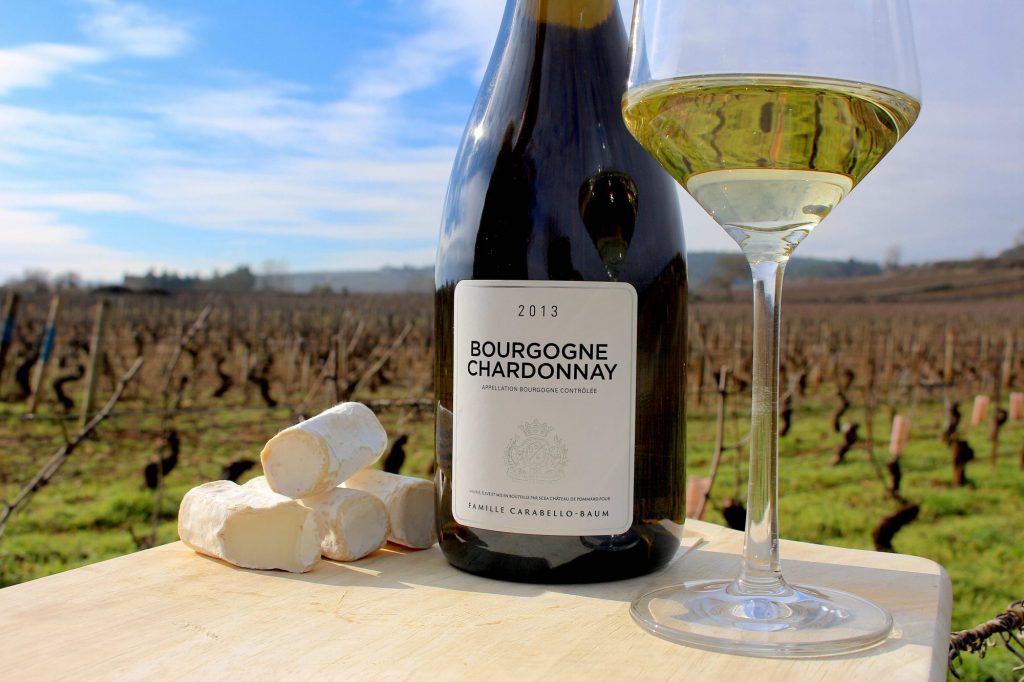
Bourgogne Chardonnay and Goat’s Cheese. Did you get it right?
Goat cheese with…
Bourgogne Chardonnay 2013
Louis says:
“There is nothing better than goats cheese on freshly baked bread (with drizzles of honey if you’re feeling flashy) served with a fresh and aromatic Chardonnay such as the Bourgogne Chardonnay 2013 which balances the sharp tang of the cheese with a fruity hit of the .”
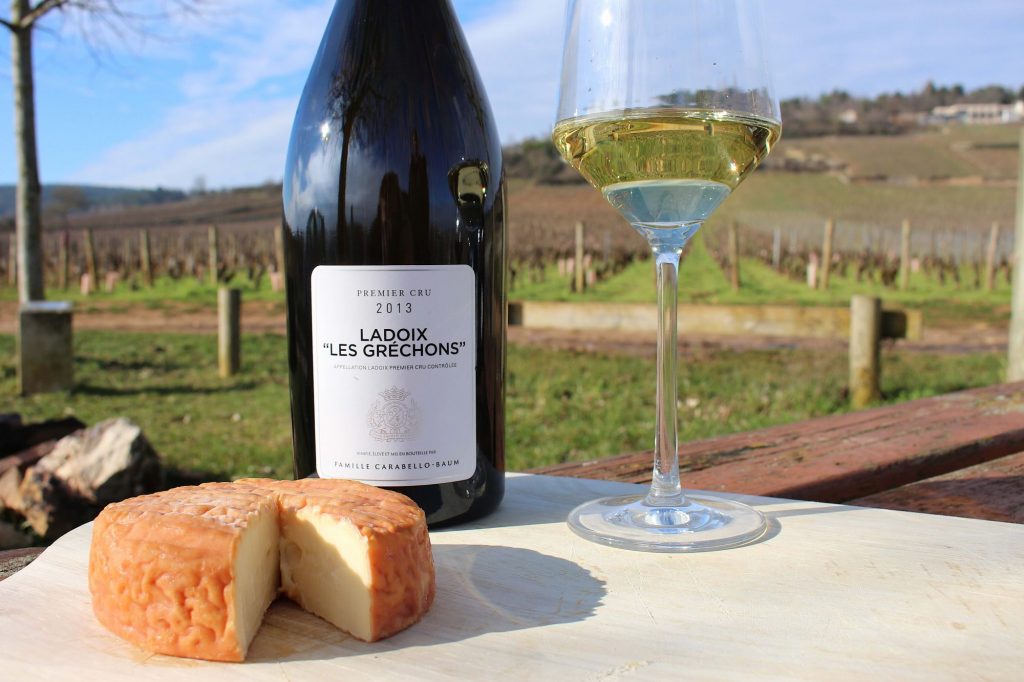
Époisses with…
Ladoix 1er Cru “Les Gréchons” 2013
Louis says:
“This pungent and salty cheese from the Morvan region will be suitably softened by the fruity and flinty body of this revered Chardonnay.”
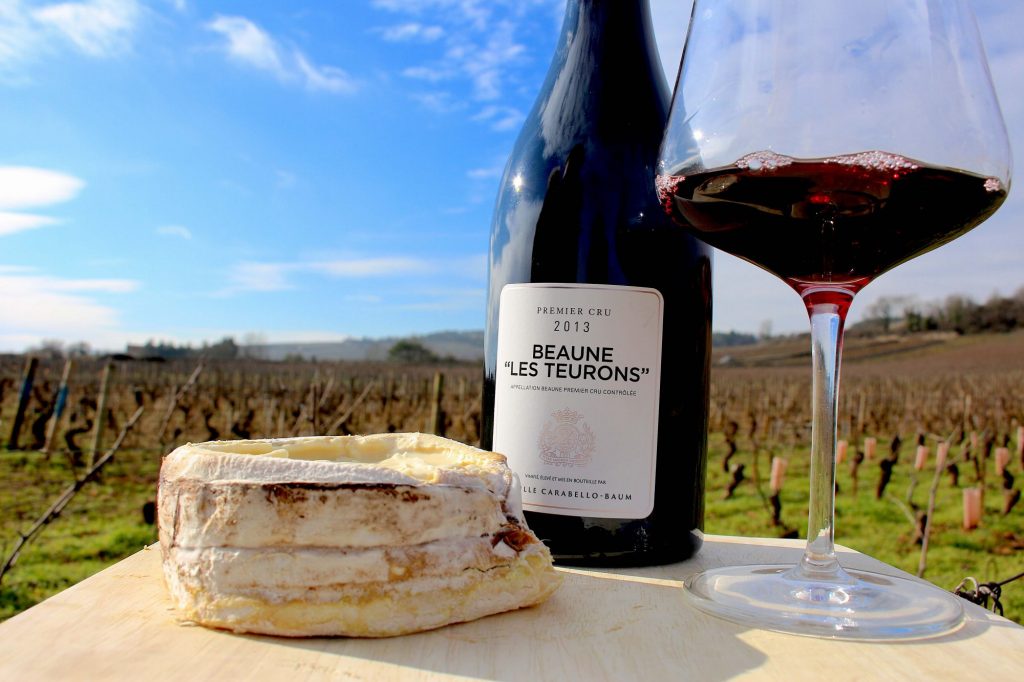
Mont d’Or with Beaune “Les Teurons” Premier Cru 2013. Did you guess correctly?
Mont d’Or with…
Beaune 1er cru “Les Teurons” 2013
Louis says:
“A creamy cheese with notes of chestnut is well paired with this lively fruity lightly spiced red wine.”

The perfect pair.
Comté (aged for 12 months) with…
Clos Marey-Monge Monopole 2011
Louis says:
“A sweet and fruity hard cheese, aged for a minimum of 12 months, deserves nothing less than the fruits of Clos Marey-Monge’s hard labor, a Pinot Noir that expertly balances between freshness and hints of spicy aromas.”

Clos Marey-Monge Monopole 2011 with… Comté
How well did you do?
0 – Why not look into studying for your WSET Level 1, and learn more food and wine pairing.
1-2 – Where did you go wrong? Where did you go right? Better luck next time.
3 4 – Getting better! Why not take your WSET Level 2 and increase your Wine IQ even further.
5 – Perfect Score. Why not treat yourself to a glass of wine. May we recommend this. Enjoy!